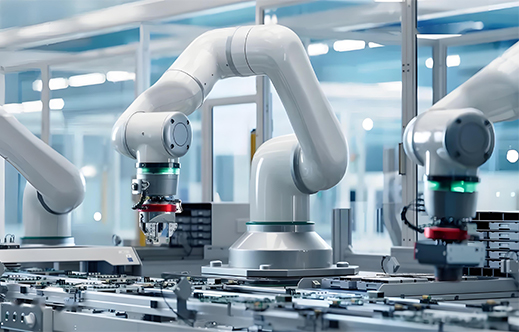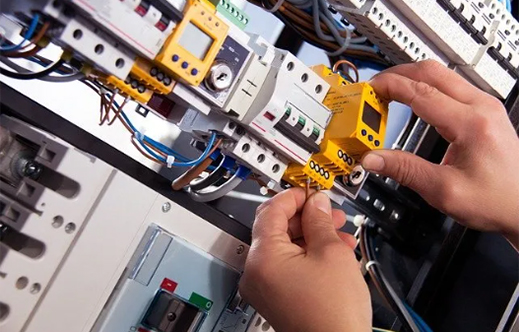2024-10-22
 0
0
 1
1
1. Introduction
As the core equipment of modern power metering system, the accuracy and reliability of smart meters are crucial to the billing and service quality of power companies. However, in some cases, in order to ensure that the smart meter can accurately measure high current or high voltage electrical energy, it is necessary to install a transformer to assist the measurement. This paper will discuss in detail in which cases smart meters need to install transformers, and explain the principle and technical requirements behind it.
2. the role of transformers
A transformer is a device used to measure AC current or voltage, which can convert high current or high voltage into a small current or small voltage signal that can be measured directly by a smart meter. Transformers are mainly divided into two categories: current transformer (CT) and voltage transformer (PT).
Current transformer (CT) : Used to measure the large current and convert the large current into a smaller secondary current for easy meter measurement.
Voltage transformer (PT) : Used to measure high voltages and convert high voltages into standard voltage values for easy meter measurement.
3. the need to install transformers
1. The current exceeds the meter range
Large current scenario: If the current to be measured by the smart meter is large, exceeding the measuring range of the meter itself (usually 5A or 10A), it is necessary to install a current transformer (CT) to convert the current signal.
Industrial users: Because of the large power of the equipment, industrial users usually need to measure the current range is also large, and the transformer must be used at this time.
2. The voltage exceeds the meter range
High voltage scenario: If the voltage to be measured is high, exceeding the voltage range of the smart meter (usually 220V or 380V), it is necessary to install a voltage transformer (PT) to convert the voltage signal.
High voltage distribution systems: In high voltage distribution systems, voltage transformers are used to convert high voltage to low voltage for accurate measurement by smart meters.
3. High precision measurement requirements
Commercial metrology: For applications requiring high-precision metrology, such as commercial users, large industrial enterprises or public facilities, transformers can provide higher measurement accuracy and meet strict metrology requirements.
Trade settlement: In the electricity trade settlement, the use of transformers can ensure the accuracy of the measurement results and avoid economic disputes caused by measurement errors.
4. Site environment
Grid fluctuations: If the grid voltage or current fluctuates greatly, the transformer can help stabilize the signal and improve the measurement accuracy.
Electromagnetic interference: In the presence of strong electromagnetic interference environment, the transformer can play a isolating role to reduce the impact of interference on the accuracy of measurement.
4. Technical realization
If a transformer needs to be installed, the wiring configuration of the smart meter is usually as follows:
1. Connect cables to the current transformer (CT)
Primary side connection: The primary side connection of the current transformer is used to sense the large current of the main circuit.
Secondary side wiring: The secondary side of the current transformer outputs the current signal and connects to the current input port of the smart meter.
2. Connect cables to the voltage transformer (PT)
Primary side connection: The primary side of the voltage transformer is connected to the high voltage line for sensing high voltage signals.
Secondary side wiring: The secondary side of the voltage transformer outputs voltage signals and connects to the voltage input port of the smart meter.

If this article is helpful to you, please take the time to like and bookmark it. Your recognition is the motivation for us to keep creating!
 Like and Bookmark
Like and Bookmark


2024-10-22 13:55:01
2024-10-22 14:11:28



Passionate about exploration and innovation, willing to share, and continue to promote technological progress.

 2
2
 8
8

 1
1
 0
0

 1
1
 0
0

 1
1
 0
0

 2
2
 8
8

 1
1
 0
0

 1
1
 0
0
